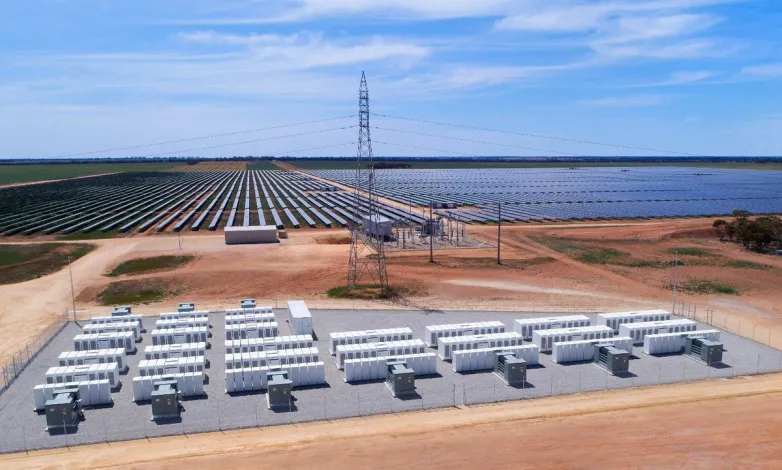Australia’s AEMO radically curtails output of five large solar farms
Sep 16, 2019 09:15 PM ET
- The Australian Energy Market Operator constrained the output of several large-scale solar plants by 50% on Friday, in response to voltage fluctuations in a 220 kV network spanning the states of Victoria and New South Wales.

The Australian Energy Market Operator (AEMO), citing issues with system strength, halved the permitted output from five solar farms in the states of Victoria and New South Wales on Friday.
According to Market Notice 69943, the output cuts affected the Gannawarra, Broken Hill, Karadoc, Wemen and Bannerton solar farms. In particular, the 60 MW (DC) Gannawarra project, owned by Wirsol and Edify Energy, was producing 50 MW last week but has since had its output reduced by 25 MW. The project is integrated with a 25 MW/ 50 MWh Tesla Powerpack battery.
The market operator is reportedly working with a number of solar farms and network service providers in the two states to manage voltage fluctuations, which have been an issue for several weeks.
“Until the fluctuations are resolved, AEMO will need to partially constrain the affected generators to manage power system security,” AEMO said on Sept. 12.
It said it is working with all impacted generators in anticipation of “an expedited remediation” to reduce the impact and time frame of constraints.
The modernization of Australia’s National Electricity Market transmission system has been a slow process. It has been beset by rules designed for previously rare additions of generation to the country’s mid-20th century, coal-fired grid, rather than for the transition to low-cost distributed generators.
At the Australian Clean Energy Summit (ACES) in late July, Andrew Stiel, head of energy markets and offtake at Edify, explained the difficulties of trying to use storage technology to manage the delivery of energy to the grid.
“I’m sure it’s occurred to most that perhaps the addition of a storage unit behind the existing point of connection might be a neat way to manage if not an existing, then an impending curtailment situation,” Stiel said. “But unfortunately it’s not so simple at this stage.”
He outlined the complexities of connecting battery storage with a solar generator, noting that regulations designed for another era mean that such capacity is considered a separate renewable asset and thus given its own connection.
“This means that in a curtailment situation when, say, there’s a constraint on the transmission line, the dispatch engine will apply that constraint on the generator battery, not at the substation boundary where the combined utilization of these assets comes together,” Stiel said, adding that the result is that the “integrated” solar farm must compete with other generators in the area for the right to access the load of that battery. “There’s a little way to go before we can enable this arrangement to deliver the type of utility that perhaps you’re looking for.”
Generators in Victoria and New South Wales were probably not surprised by the output cuts, but are said to have been shaken by their magnitude and broad application, as they are even affecting solar farms that have been operating for months (or years, as is the case with AGL’s 53 MW Broken Hill Solar Farm in New South Wales).
Also read

